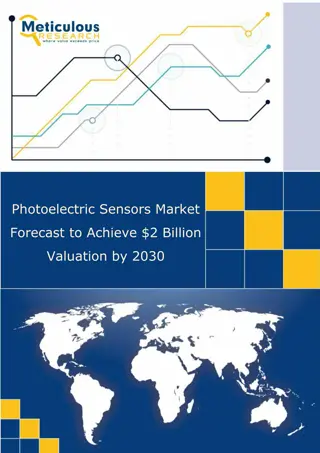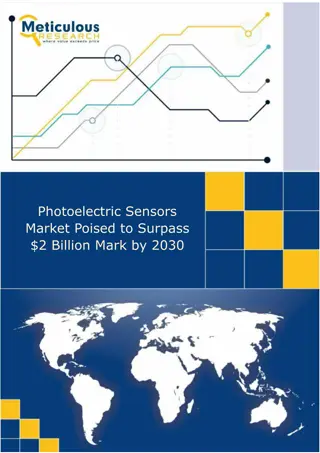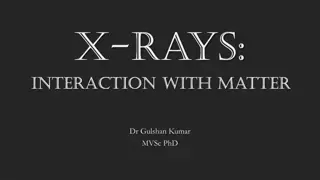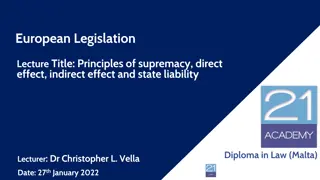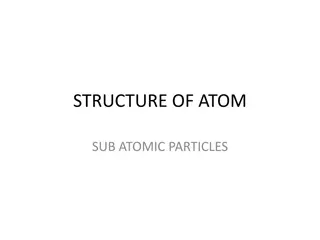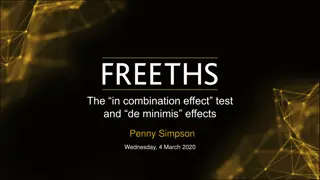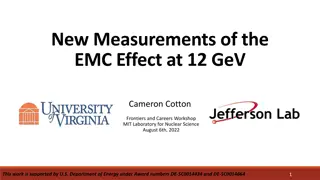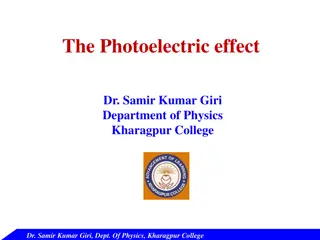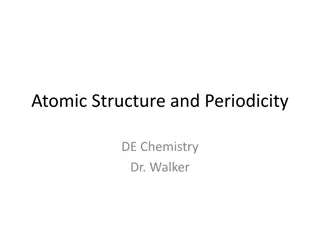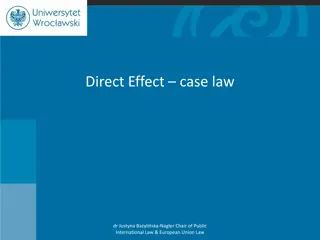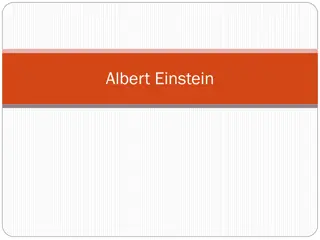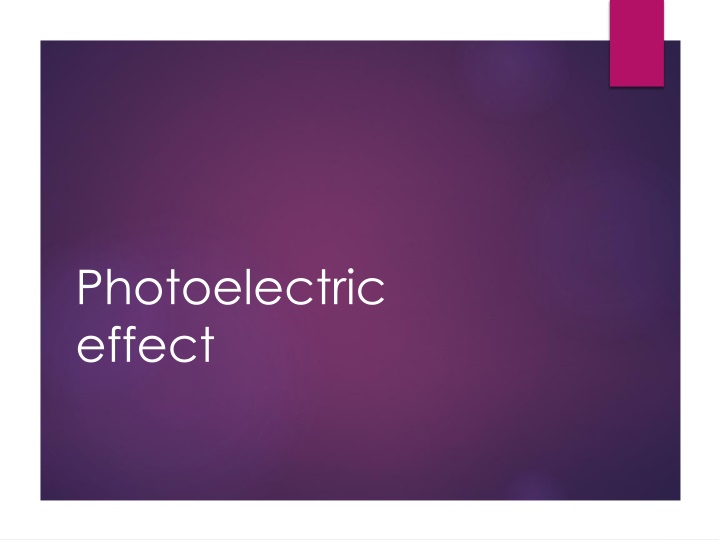
The Photoelectric Effect: Definition, Construction, Working
Explore the photoelectric effect, a phenomenon where metals emit electrons when exposed to light of suitable frequency. Discover the history, construction, working principles, and classical theory behind this crucial concept in physics.
Download Presentation

Please find below an Image/Link to download the presentation.
The content on the website is provided AS IS for your information and personal use only. It may not be sold, licensed, or shared on other websites without obtaining consent from the author. If you encounter any issues during the download, it is possible that the publisher has removed the file from their server.
You are allowed to download the files provided on this website for personal or commercial use, subject to the condition that they are used lawfully. All files are the property of their respective owners.
The content on the website is provided AS IS for your information and personal use only. It may not be sold, licensed, or shared on other websites without obtaining consent from the author.
E N D
Presentation Transcript
Photoelectric effect
Photoelectric effect Definition : the phenomenon of emission of electrons by the metals when they are exposed to light of suitable frequency is called as the photo electric effect and emitted electrons are called as photoelectrons. photoelectric effect, was discovered by Heinrich Hertz in 1887 in the process of his research into electromagnetic radiation.
Construction: 1)the Hertz experimental set up used for studying the photoelectric effect is shown in above fig. 2) the set up consist of an evacuated glass tube that has a photosensitive metal plate C and another metal plate A as shown. A monochromatic light source emerging from the source S of sufficiently short wavelength enters the glass window W and fall on photosensitive plate C, is called emitter.
Working: when a beam of light fall on photosensitive metal plate c which is called emitter. The plate c emits photoelectrons due to photoelectric effect. The photo electrons emitted by plate c will be attracted towards the positive plate A. these electron flows in the eternal circuit to cause an electric current in the circuit. Such a current is known as the photoelectric current and measured by the microammeter connected in the circuit
As the magnitude of the potential difference is increased, at some point even the most energetic electrons do not have enough kinetic energy to reach the collector. This potential, called the stopping potential Vs, is determined by increasing the magnitude of the voltage until the ammeter current drops to zero. At this point the maximum kinetic energy Kmax of the electrons as they leave the emitter is just equal to the kinetic energy eVs lost by the electrons in climbing the hill Kmax = eVs The minimum quantity of energy needed to remove an electron is called the work function of the material
Classical theory of photoelectric effect The maximum kinetic energy of the electrons should be proportional to the intensity of the radiation The photoelectric effect should occur for light of threshold frequency The first electrons should be emitted in a time interval of the order of seconds after the radiation begins to strike the surface
Experimental characteristics For a fixed value of the wavelength or frequency of the light source, the maximum kinetic energy of the emitted photoelectrons (determined from the stopping potential) is totally independent of the intensity of the light source The photoelectric effect does not occur at all if the frequency of the light source is below a certain value. This value, which is characteristic of the kind of metal surface used in the experiment, is called the cutoff frequency fc. Above fc, any light source, no matter how weak, will cause the emission of photoelectrons below fc, no light source, no matter how strong, will cause the emission of photoelectrons. This experimental result also disagrees with the predictions of the wave theory. The first photoelectrons are emitted virtually instantaneously (within 10 9s) after the light source is turned on
Quantum theory of Photo electric effect Einstein photoelectric equation Einstein s photoelectric function- According to quantum theory, radiation(light) is considered as shower of particles called photons (h ) When a photon strikes on a metal , its complete energy is transferred to electron Energy is used to detach the electron (work function) and remaining energy will be K.E Energy of photon absorbed by the atom (h ) is 1. Used to detach the electron (W0) and K.E. is given to electron h = W0+ K.E.
Einstein photoelectric equation h = W0+ (1/ 2)??2 W0= Photoelectric work function= h 0 1. If < 0- Kinetic energy is negative. i.e. No emission 2. If = 0- Kinetic energy is zero. i.e. Emission just begins 3. If > 0- Kinetic energy is positive. i.e. Emission takes place
Photon The energy of a photon associated with an electromagnetic wave of frequency f is , E = hf E = hc/ photons travel at the speed of light, and so they must obey the relativistic relationship p = E/c. p = h/ Because a photon travels at the speed of light, it must have zero mass. Otherwise its energy and momentum would be infinite. Similarly, a photon s rest energy E0= mc2must also be zero.




